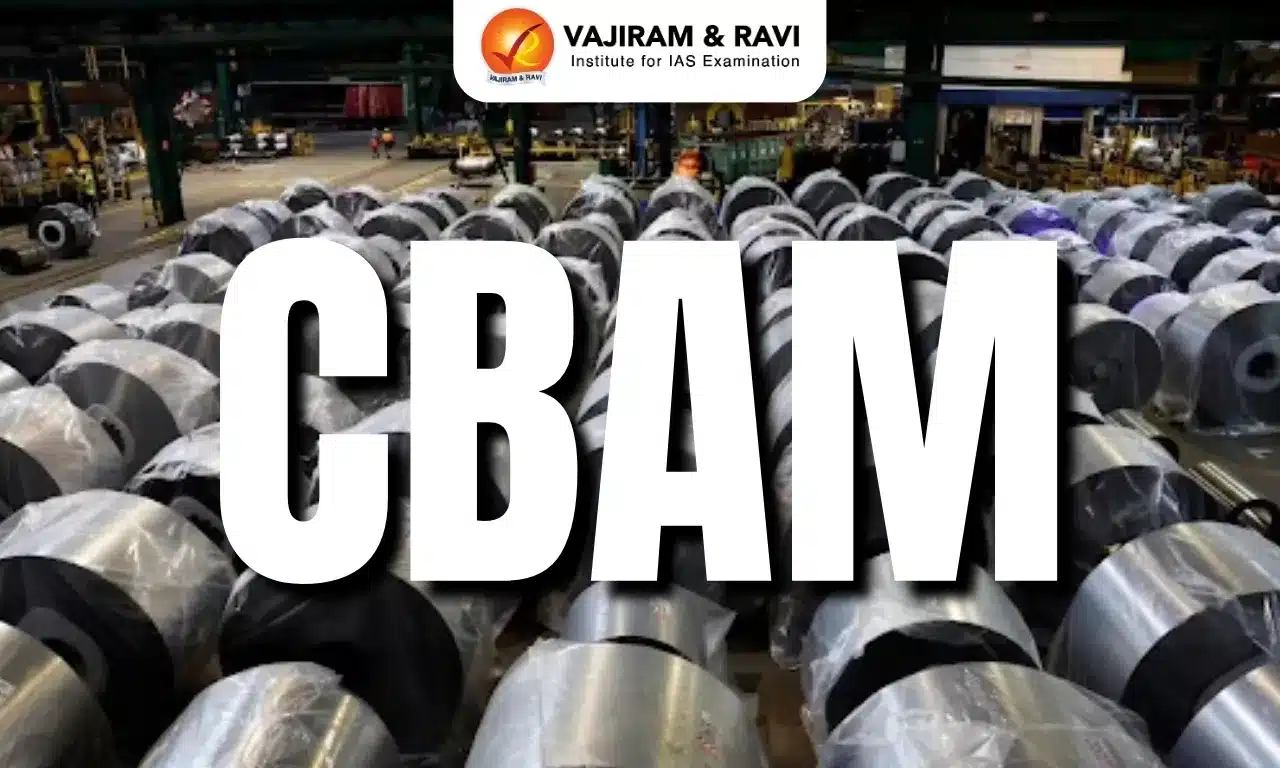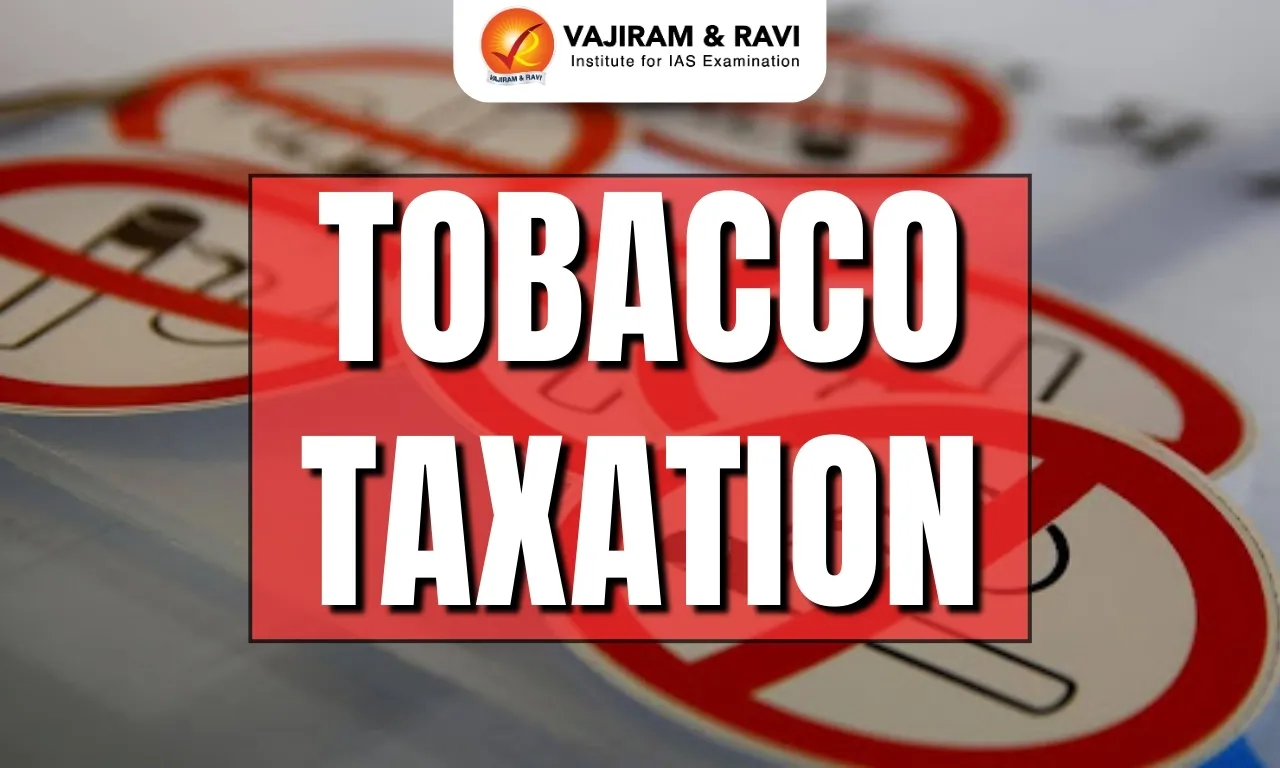India’s gaps in gender equality metrics Latest News
- India has slipped to 131st out of 148 countries in the 2025 Global Gender Gap Index by the World Economic Forum.
- While gaps in economic participation, education, and health have improved or remained stable, political empowerment has worsened. Despite more women voting, their representation in top political positions remains low.
- The upcoming 33% reservation for women in legislatures from 2029 may improve this, but sustained efforts are needed to ensure long-term impact.
Reasons Behind the Fall in the Index
- India’s drop in the 2025 Global Gender Gap Index is primarily due to a decline in political empowerment indicators.
- The percentage of women in Parliament fell from 14.4% (78 MPs) in 2024 to 13.6% (74 MPs) in 2025.
- Additionally, the share of women in ministerial roles declined from 6.45% to 5.56%, further impacting India’s overall ranking.
Impact of Women’s Reservation on Political Representation
- The 33% reservation for women in Lok Sabha and State Assemblies, passed in 2023, will be implemented only after the next Census and delimitation, making 2029 the earliest possible rollout.
- If implemented in 2029, the law would raise women’s representation to at least 33%, significantly improving India’s political empowerment metrics on global indices.
Current Representation Levels Remain Low
- Women in Lok Sabha have ranged from 3.4% (1977) to 14.4% (2019).
- The 18th Lok Sabha (2024) has 74 women members, constituting approximately 13.6% of the total members.
- In 2023, women made up only 9% of MLAs across States.
- Chhattisgarh had the highest share (18%), while Himachal Pradesh had just one woman MLA and Mizoram had none.
Limited Timeframe, Uncertain Long-Term Gains
- The reservation law is valid for only 15 years, meaning it will likely apply to just two general elections (2029 and 2034).
- Concerns remain about the sustainability of progress beyond that period.
Gaps in Ministerial and Leadership Pipelines
- Even with more women MPs, ministerial appointments may not rise proportionately. Despite decades of 33–50% reservation at local levels, there’s no structured pathway to elevate women from panchayats to higher politics.
From Exclusion to Participation: A Historic Shift
- In 1952, 28 lakh women were excluded from voting rolls due to being listed only as someone’s wife or mother. Since then, women’s inclusion has drastically improved.
Gender Gap in Voting Narrows
- The voter gender gap has shrunk from 17 percentage points in 1962 to less than 2 points in 2014.
- In the last two general elections, women voters outnumbered men, partly due to male migration for work.
Women as a Key Votebank
- With growing turnout, political parties now actively court women voters, launching targeted welfare schemes like free bicycles for girls and monthly cash allowances for poor women.
- The rise in women voters is reshaping electoral strategies and policy priorities, making women a central force in India’s democratic process.
Rising Voters, Stagnant Representation
- Despite the surge in women voters, this has not led to a rise in women candidates fielded by political parties.
Parties Avoid Giving Women Winnable Seats
- Parties often cite “lack of winnability” to deny women tickets in stronghold constituencies.
- Instead, they field women in reserved SC/ST seats to meet multiple quotas.
- Experts note that women voters don’t vote solely for women. Unlike caste-based voting, women prefer performance and policies over identity.
The Need for Systemic Change
- Since 1952, women candidates have had a higher average winning percentage than men.
- The issue lies in low nomination rates, with women making up only 8–9% of candidates from major parties.
- Structural barriers, internal party dynamics, and outdated assumptions continue to block capable women from entering the political arena in larger numbers.
Last updated on January, 2026
→ Check out the latest UPSC Syllabus 2026 here.
→ Join Vajiram & Ravi’s Interview Guidance Programme for expert help to crack your final UPSC stage.
→ UPSC Mains Result 2025 is now out.
→ UPSC Notification 2026 is scheduled to be released on January 14, 2026.
→ UPSC Calendar 2026 is released on 15th May, 2025.
→ UPSC Prelims 2026 will be conducted on 24th May, 2026 & UPSC Mains 2026 will be conducted on 21st August 2026.
→ The UPSC Selection Process is of 3 stages-Prelims, Mains and Interview.
→ UPSC Result 2024 is released with latest UPSC Marksheet 2024. Check Now!
→ UPSC Toppers List 2024 is released now. Shakti Dubey is UPSC AIR 1 2024 Topper.
→ Also check Best IAS Coaching in Delhi
India’s gaps in gender equality metrics FAQs
Q1. Why did India fall in the 2025 Global Gender Gap Index? +
Q2. What is India’s rank in the 2025 Gender Gap Index? +
Q3. How will women’s reservation affect India’s gender equality? +
Q4. Do women voters guarantee better representation of women? +
Q5. What limits long-term gains of women’s reservation? +
Tags: india’s gaps in gender equality metrics mains articles upsc current affairs upsc mains current affairs

















